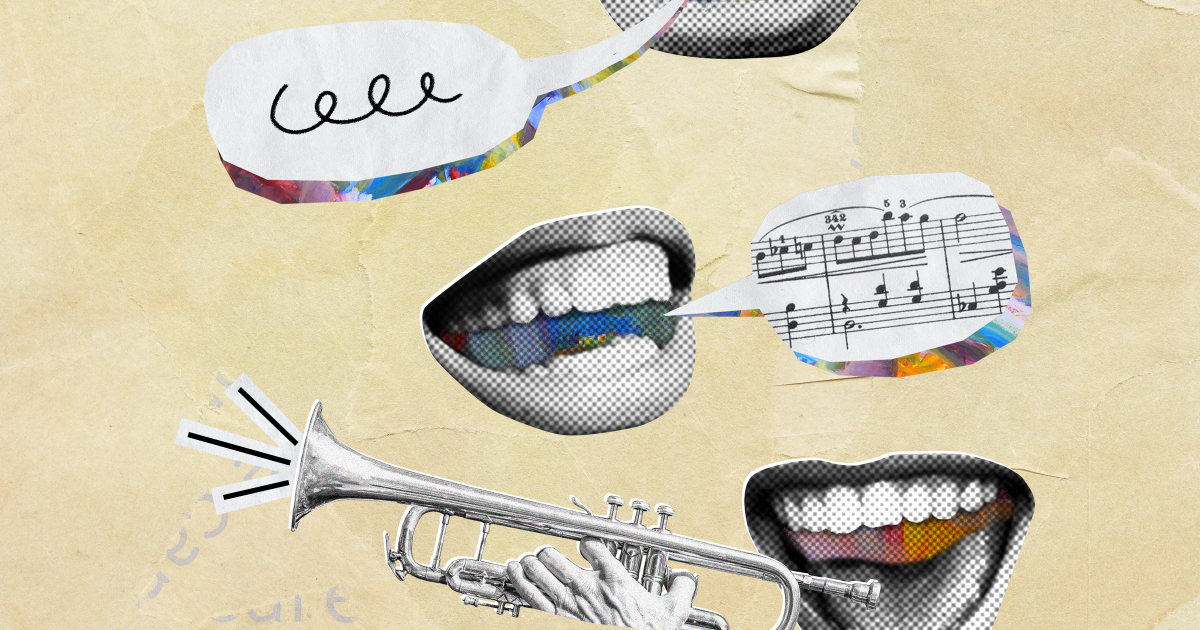
Komodo dragons are fierce predatorsCharlotte Ellis/Zoological Society of London
The Komodo dragon, one of the planet’s fiercest reptiles, reinforces its teeth with an iron cap – and researchers think some dinosaurs may have had this adaptation too.
Komodo dragons (Varanus komodoensis) are endemic to a number of Indonesian islands. Their prey include large animals like deer, pigs and water buffalo, and they can reach lengths of 3 metres and weights of 150 kilograms.
When he noticed orange serrations on the animals’ teeth, Aaron LeBlanc at King’s College London says he initially dismissed it as staining. “Only after visiting museum collections and looking at all of the teeth along the skulls of many Komodo dragon specimens was I convinced that I was looking at a novel adaptation in these iconic reptiles,” he says.
LeBlanc and his colleagues used high-powered X-rays at a synchotron facility to probe the Komodos’ tooth surfaces and determine the different elements that are found along the tooth.
“As we mapped out sections of Komodo dragon teeth, we quickly realised that iron was concentrated along the cutting edges and tooth tips, but not on other parts of the tooth,” says LeBlanc. “This also precisely matches the orange staining we can see on the teeth under the microscope.”
A Komodo dragon tooth with its orange cap made of ironDr Aaron LeBlanc, King’s College London
Compared with human teeth, Komodo dragon enamel is incredibly thin, says LeBlanc. Along the serrations, the enamel is only 20 micrometres thick – about a quarter of the thickness of a human hair. The enamel in human teeth is about 100 times thicker.
The iron layer in Komodo dragon teeth is coated on top of this extremely thin layer of enamel. The team think it either gives the enamel extra strength to protect serrations while eating prey or acts as a barrier against acidic digestive juices.
Iron is readily available in the environment – even more so to a large, meat-eating predator. It is thought that the cells that make the enamel switch their behaviour for the final coat to produce this iron-rich finish.
Crocodiles and alligators can concentrate iron in their enamel too, but they don’t have iron-rich caps on their teeth.
The researchers also searched for iron capping in fossil dinosaur teeth. While they haven’t yet found evidence for this, they think that might be down to fossilisation destroying the iron signal. “We need to examine more pristinely preserved dinosaur teeth to be sure,” says LeBlanc.
LeBlanc says his dentist colleagues are intrigued by the possibilities of these natural materials. “We’re a long way from it, but I can imagine a time where we are using nature for inspiration for novel enamel coatings. Maybe one of these will be inspired by Komodo dragons,” he says.
Topics:






